When I decided to follow the route Nathaniel Bishop took from Pittsburgh, Pennsylvania, to Cedar Key, Florida, in the winter of 1874–75, I chose not to build a replica of his CENTENNIAL REPUBLIC, the sneakbox at the heart of his book, Four Months in a Sneak-Box. I was drawn to build instead the Barnegat Bay sneakbox detailed in Chapelle’s American Small Sailing Craft because it had an intriguing feature: a daggerboard set 10″ to starboard, on the outside edge of the cockpit coaming. Bishop’s boat had its daggerboard just aft of the mast, on the centerline, where you’d expect it to be. Chapelle offered good reasons for moving the board to one side. The offset daggerboard of my sneak box convinced me that there were no significant advantages to having the elements of the sailing rig all set on the centerline. I slept with my feet tucked under the foredeck. I occasionally put the hatch over the cockpit opening for warmth or to keep the rain out. The boat was only 14" deep, so with the lid on I could understand why the sneakbox was known to some as "the devil's coffin."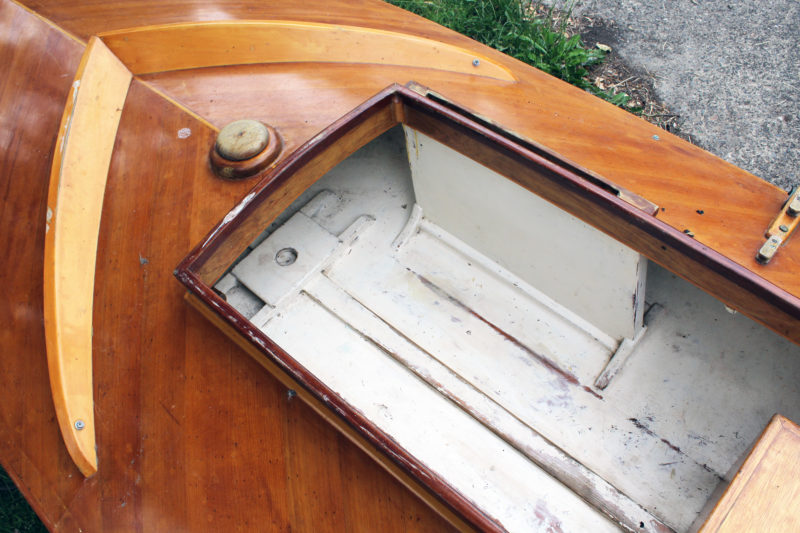
Join The Conversation
We welcome your comments about this article. To include a photo with your remarks, click Choose File below the Comment box.

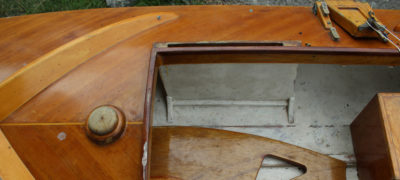

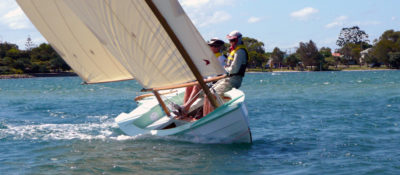

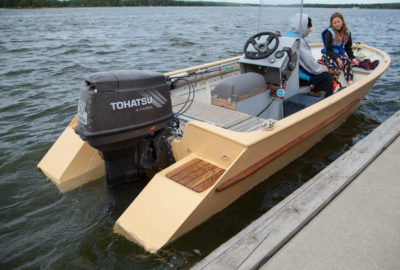
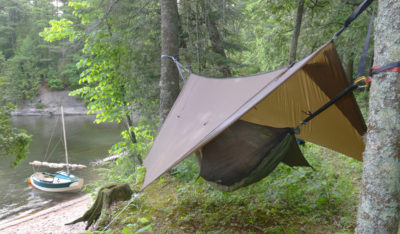
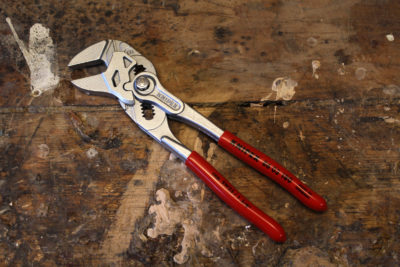
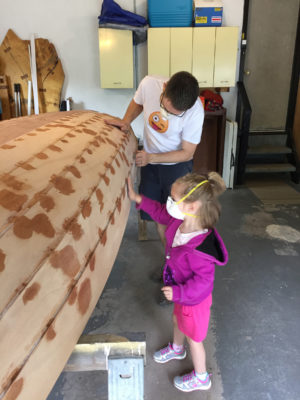
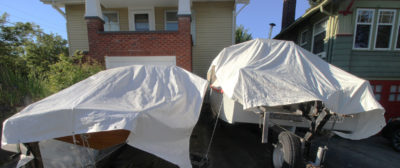

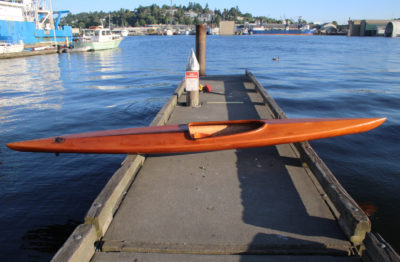

Great article!
Chris, I recognize the background in the picture of your canal boat. I have had my steamboat out that way a couple times so far this year. The last time, the tide was fairly low and we were able to see dead heads. Jeepers, I thought, if the tide was a foot higher, we wouldn’t have been able to see them!!
Chris
My experiences bear out the points you made. I am not a particularly sophisticated sailor, but I have had a number of boats with either lee boards on one side or offset centerboards and have not noted a difference on either tack.
These include, among others, a Bolger Perfect Skiff, a Kurt Hughes trimaran, and my present Norwalk Island Sharpie 18 yawl with the centerboard offset as designed and the mizzen mast also offset by my choice.
I like the offset concept, my Drascombe Scaith has an outboard motor well offset to port and a small mizzen offset to starboard. My centreplate is conventional.
You could make a case that the board should be called an “eccentric board.”
Phil Bolger was a frequent user of asymmetry, especially in his later designs. He said that boats take no notice of this.
Bolger’s BRICK takes this to extremes—rectilinear in plan view, the mast is stepped in a forward corner.
In a mess-about that included some respectable dinghy sailors including Devlin and Hess designs, a BRICK – built and sailed by a father/daughter team – sailed circles around the fleet!